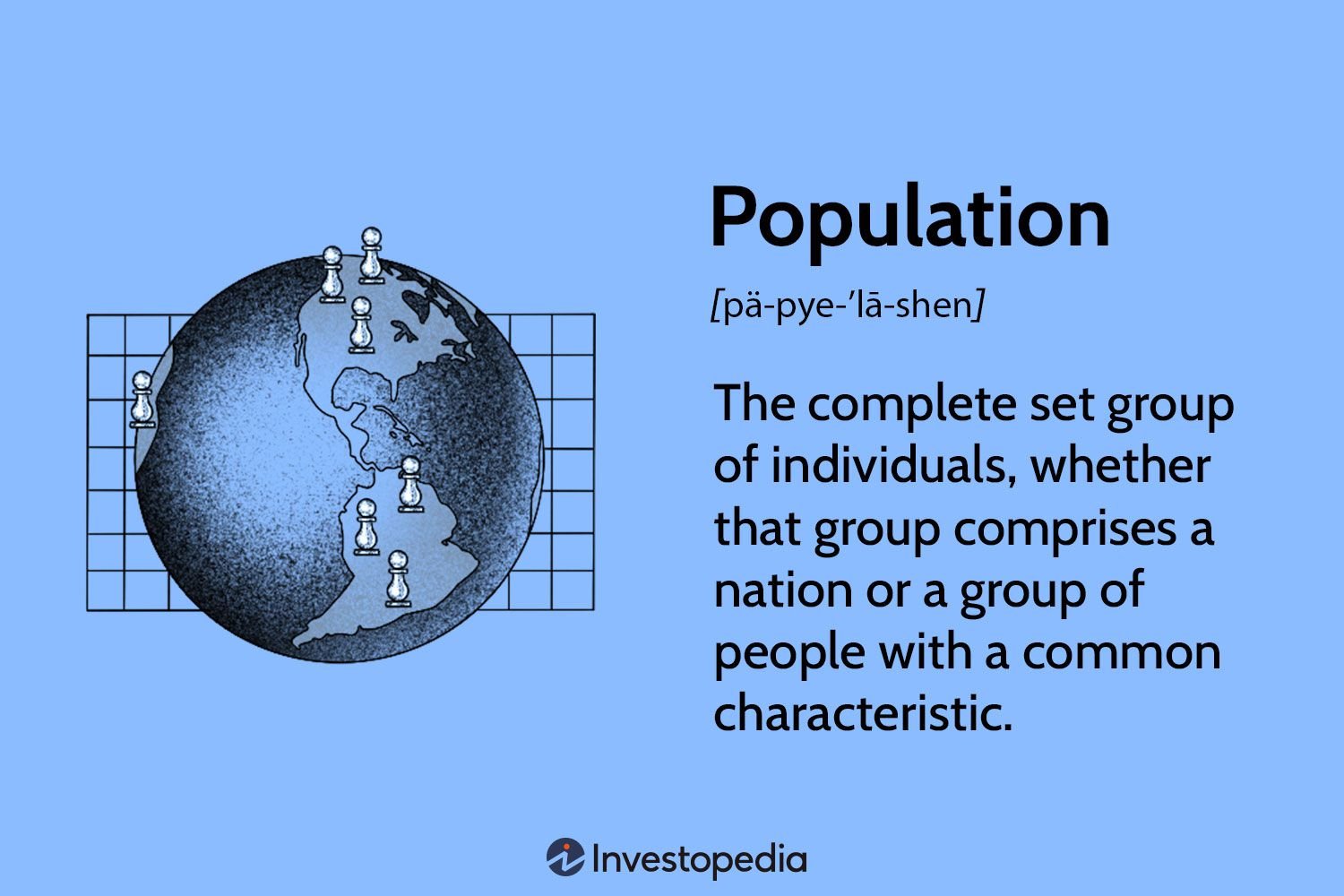Malatya, a city in Eastern Anatolia, Turkey, is characterized by its diverse and dynamic population. Understanding the population statistics provides valuable insights into the city’s demographic profile, socio-economic conditions, and developmental trends. This article presents an overview of the population statistics in Malatya, including population size, density, age distribution, ethnic composition, and key socio-economic indicators.
Population Size and Growth
As of the latest available data, Malatya has a population of approximately [insert population figure]. The city has experienced steady population growth over the past few decades, driven by natural population increase and migration from rural areas and neighboring provinces. This growth reflects Malatya’s expanding urbanization, economic opportunities, and improved living standards.

Population Density
Malatya’s population density varies across different districts, with the urban center exhibiting higher density compared to rural areas. The city’s population density stands at approximately [insert density figure] people per square kilometer, indicating a relatively balanced distribution of residents in urban and peri-urban areas.
Age Distribution
The age distribution in Malatya highlights a youthful demographic, with a significant proportion of the population under the age of 30. Key age group statistics include:
- Children and Adolescents (0-14 years): Approximately [insert percentage] of the population falls within this age group, reflecting the city’s focus on educational and recreational facilities.
- Youth (15-24 years): This age group comprises around [insert percentage] of the population, emphasizing the importance of higher education, vocational training, and employment opportunities.
- Working Age (25-64 years): The working-age population represents about [insert percentage] of the total, driving economic activity, innovation, and productivity in various sectors.
- Elderly (65 years and above): The elderly population accounts for [insert percentage], highlighting the need for healthcare services, social support, and community engagement for senior citizens.
Ethnic Composition
Malatya is home to a diverse range of ethnic groups, each contributing to the city’s rich cultural heritage. The main ethnic communities include:
- Turks: The majority ethnic group, forming the predominant cultural and linguistic community in Malatya.
- Kurds: A significant ethnic minority, contributing to the city’s cultural diversity through language, traditions, and social practices.
- Armenians: Historically present in Malatya, the Armenian community’s cultural heritage remains evident in the city’s architecture and historical sites.
- Circassians and Arabs: Smaller ethnic groups that add to the multicultural fabric of Malatya, each with distinct cultural traditions and contributions.
Socio-Economic Indicators
Key socio-economic indicators provide insights into the living standards, education levels, employment rates, and overall well-being of Malatya’s population:
- Education: Literacy rates in Malatya are high, with a strong emphasis on primary and secondary education. The city also hosts universities and vocational schools that offer higher education and technical training.
- Employment: The employment rate in Malatya reflects a diversified economy, with significant contributions from agriculture, manufacturing, trade, and services. Employment initiatives focus on reducing unemployment and promoting job creation in emerging sectors.
- Healthcare: Access to healthcare services is a priority, with public and private healthcare facilities providing medical care, preventive services, and specialized treatments to residents.
- Income and Living Standards: Income distribution and living standards vary across different socio-economic groups, with ongoing efforts to address poverty, improve housing conditions, and enhance quality of life for all residents.
Future Demographic Trends
Future demographic trends in Malatya are expected to include continued urbanization, demographic aging, and socio-economic transformations driven by technological advancements, policy initiatives, and global trends. Strategic planning and investments in infrastructure, education, healthcare, and social services are essential to managing these trends and ensuring sustainable development.
Conclusion
Population statistics in Malatya offer a comprehensive view of the city’s demographic dynamics, socio-economic conditions, and cultural diversity. By understanding these statistics, policymakers, community leaders, and residents can work together to address challenges, leverage opportunities, and promote inclusive growth and well-being in Malatya.

